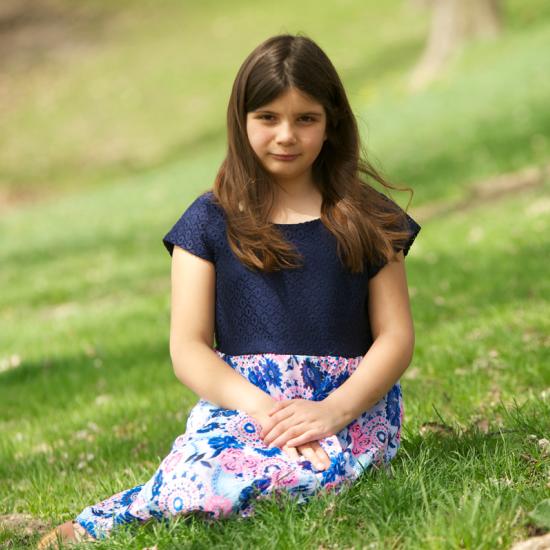Yes, Young Children Heal with Play Therapy by Telehealth: Children’s Mental Health During Covid Part 1
Every week the last year, 6-year-old Kate and her family have been working with a play therapist at Wilder. With play therapy, Kate is able to do individual work address her trauma history as well as participate in family sessions to address attachment concerns. Kate struggles with worry, fear, distrust of adults and anger outbursts. She was adopted at age 4, and has a history of abuse and neglect. Kate’s family felt like they were making good progress in therapy, and then COVID-19 happened.
Everything shut down. The family was told services throughout Wilder would be moving to telehealth. All Kate’s parents could think was, “Is this play therapy going to work with telehealth? How can you play over video?” Kate’s school had already moved to distance learning, and it wasn’t going well. Now Kate could not see her therapist in person. Her parents were nervous.
Support and Troubleshooting Tips Help Make Video Mental Health Sessions Accessible
As Kate’s therapist, I assured the family things would be okay. I would be there to help the family through this unprecedented time. Kate’s family set up a plan to continue weekly sessions via video. I helped the family set up a video platform and walked them through things they could do during their appointments. In my office at Wilder Center, they had been rotating between individual and family appointments. They decided to keep this structure, providing Kate one week of her own time to talk and play and one week where they all participated. Kate’s mom was still nervous, but she was willing to try.
There were some communication and technology issues. The video didn’t work well at first. I guided the family through various troubleshooting methods, which were easier than Kate’s family expected. I explained how it is helpful to close out of other apps on Kate’s tablet and also to close open tabs on the internet page. This helped make the video smoother. Kate felt disrupted when the video froze or was choppy, but once the technology issues were worked through, she grabbed the tablet and immediately wanted to show off her room.
Telehealth Video Lets Kate Share Her Personal Space with Therapist
Kate showed me her stuffed animals, her dolls, her dress-up clothes, and the most important item, her baby blanket. I had talked with Kate about her blanket multiple times over the last year. Kate sleeps with it at night, and it is a comfort item during the day when Kate feels upset. I had educated the family that Kate was using the blanket as a calming tool. Kate loved being able to show and share the items we had frequently brought up over the last year of therapy. Kate’s family noticed a deeper connection forming because Kate was sharing her personal space. She was smiling ear to ear. Her family started to feel like maybe play therapy would really work.
I set up an appointment for the next week to start with a coloring activity and provided a list of items to gather around the house and have ready for the next session. Kate’s family felt hopeful.
What’s Next for Play Therapy at Wilder?
You might be thinking this sounds pretty good so far. With assurances from a therapist, tips to make technology work, and a family’s willingness to try something different, kids like Kate can get help by telehealth. Will the novelty wear off? How can telehealth play therapy work long-term?
Over a series of blog posts, I will share stories about using telehealth to practice play therapy with young children and their families. I will share activities that children and their families have been participating in by telehealth and provide updates about how Wilder continues to serve children and their families through the healing process during unprecedented times.
A mental health practitioner at Wilder wrote this post as part of a series about using telehealth to provide mental health services. Staff will share their experiences to provide a fuller picture of how kids are growing with telehealth mental health services. Read the next post in this series.
